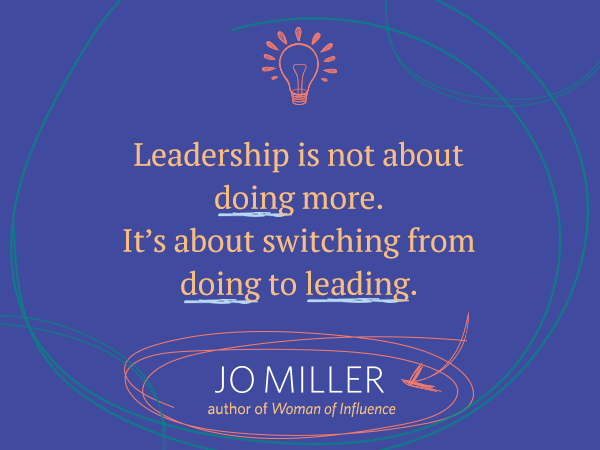From Doing to Leading
Somewhere along the way, I stopped being satisfied with doing work that I loved. I realized leadership was calling. Not in title, but in responsibility. Jo Miller often says: “Leadership is not about doing more. It’s about shifting from doing to leading.” And that shift has transformed every step of my path.
Act I: The First Shift
At Blue Sky Studios, I began as a technical animator, obsessed with nuance: curves, performance, timing. Over time, one of my sequences was entrusted to me to lead. That assignment changed everything. In that moment, I wasn’t just creating content, I was now acting as a guide to shape vision and defend emotional stakes.
That wasn’t leadership in name, but it was the first moment I began let go of doing everything myself and lifting others into shared purpose. Jo would say: “From this point forward, the tasks you let go of will define you more as a leader.”
Act II: Intentional Growth
When I joined Amazon, I made a conscious pivot into domains where creative direction and production leadership overlap. At Alexa, I led art and animation for multiplayer, cross-device experimental experiences. These were narrative prototypes where the rules weren’t fully written yet. I collaborated with designers, writers, engineers, and product leads to translate vision into playable stories.
Later, at Prime Gaming, I moved into campaign-level creative and production roles. Here I navigated external studios, content cadence, and brand collaborations. I started to see leadership as orchestration: managing ambiguity, motivating creatives, aligning scopes, and sometimes saying “no” to projects that dilute purpose.
Act III: Formalizing My Leadership
While at Amazon, I enrolled in Jo Miller’s leadership development course and discovered new language for the internal work I’d been doing all along. She challenged us to lean into our leadership strengths, ruthlessly decide what to let go, and make space for growth, both in ourselves and others.
Her framework helped me clarify that being visible is not vanity. It is responsibility. To lead is not to control, but to clear the path for others, to advocate for your team, and to hold the creative vision steady through chaos.
What Leadership Feels Like Now
Now, as I guide art & animation at EA and across external studios, I feel leadership most acutely in moments of tension or uncertainty. When scope changes. When feedback conflicts. When the team is exhausted. That’s where I lean in: with clear empathy, creative conviction, and a belief that every person deserves to see the impact of their work.
I lead by asking: What emotional moment do we want players to feel? Then I build the scaffolding for every artist, animator, designer, and engineer to bring that moment into being.
I believe deeply in lifting everyone’s voice, even when it’s risky. Because to lead well, you have to be willing to be seen first, so others feel safe showing up.



